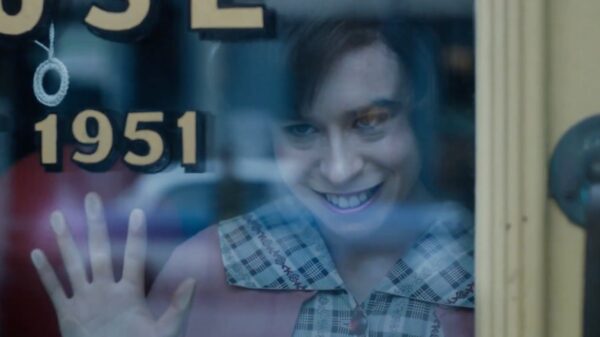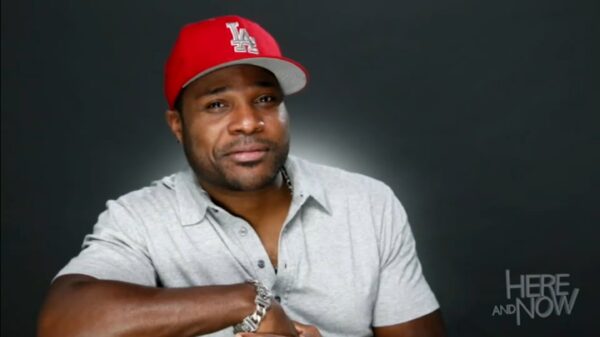URGENT UPDATE: Professional photographers are facing a critical call to action: eliminate weak images from their portfolios to enhance credibility and attract clients. New insights reveal that even a single mediocre photo can significantly tarnish a photographer’s reputation, overshadowing their best work.
In a rapidly evolving digital marketplace, photographers are challenged to curate their portfolios effectively, a task made increasingly difficult by the overwhelming volume of images available today. Alex Cooke, a renowned photographer based in Cleveland, emphasizes the importance of ruthless editing, stating, “Your portfolio isn’t just a collection; it’s a strategic business tool.”
The digital age has led photographers to become “digital hoarders,” accumulating thousands of images. However, experts warn that showcasing too many average photos dilutes the impact of exceptional work. Cooke asserts that displaying 10 exceptional images is far more beneficial than including 50 good ones mixed with mediocre shots.
Potential clients, whether hiring for weddings or commercial projects, typically spend only a few seconds evaluating portfolios. During this brief assessment, they form quick judgments about a photographer’s competence and artistic vision. A mix of high-quality and subpar images can lead to hesitation, as clients may fear they will receive less than stellar work.
Historical evidence supports this view. Iconic photographers like Ansel Adams and Henri Cartier-Bresson curated their best work, often showcasing fewer than 50 images in major exhibitions. This selectivity not only reflects their understanding of artistic integrity but also aligns with what clients expect today.
As social media continues to shape photography culture, platforms reward quantity over quality, creating a landscape where many photographers prioritize posting frequently instead of curating effectively. Cooke warns that this trend can lead to decreased credibility, as clients may perceive variability in quality as a lack of professionalism.
To combat this issue, photographers are encouraged to implement a rigorous portfolio review process regularly. The first step involves identifying and eliminating images with technical flaws. Following this, photographers should address conceptual redundancy by keeping only the strongest representations of similar themes. Ultimately, the goal is to create a cohesive body of work that clearly communicates their artistic vision.
Cooke’s advice is straightforward but impactful: choose exactly 10 images that best represent a photographer’s capabilities. If artists struggle to identify these selections, it indicates a lack of focus in their portfolios. A strong portfolio should convey a unified vision while showcasing an artist’s growth and creativity.
The urgency to refine portfolios extends beyond aesthetics; it is a crucial step toward fostering professional growth. Weak images can hinder a photographer’s ability to command higher fees and attract premium clients. In an environment saturated with talent, an uncurated portfolio can easily lead to missed opportunities.
Photographers must realize that every image in their portfolio is a reflection of their professional standards. When they include mediocre work, they risk not only their reputation but their future success. As Cooke notes, “Your future self will thank you for the opportunities that come from showing only your strongest work.”
In conclusion, as the photography industry evolves, professionals must adapt their strategies to maintain relevance and attract clients. Ruthless portfolio editing is no longer optional; it is essential for success in a competitive market. Photographers are encouraged to embrace this challenge and elevate their work to meet the demands of today’s discerning audience.





























































